Quick Bites: It’s Great to Eat in Japan
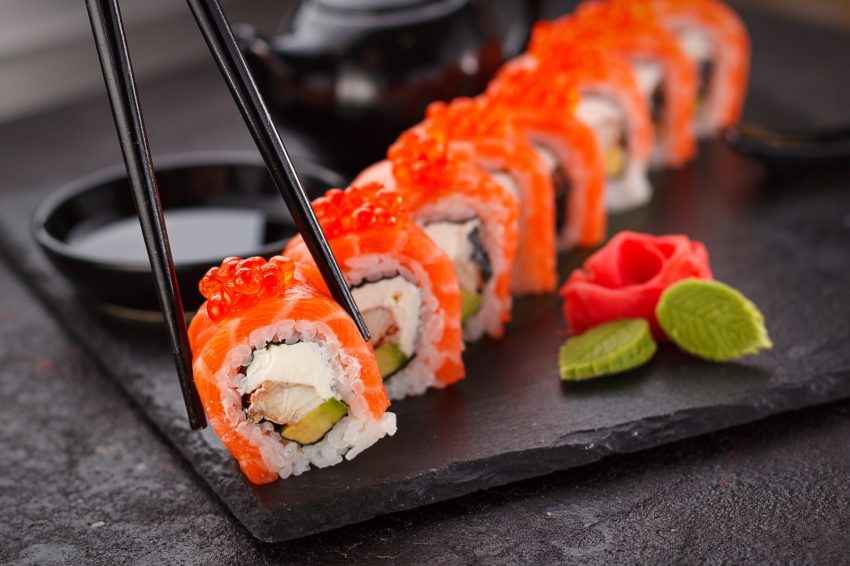
Top Photo: drawsandcooks on Pixabay
Of all the problems you may encounter moving to Japan, finding something to eat will never be one of them, at least if you’re adventurous and not allergic to fish. Even so, with a little effort, you can find plenty of food to suit even a Western palate. And, plenty of local, traditional meals that don’t include seafood.
That said, if you can include seafood, I heartily recommend you do so. Japan is a sushi lover’s paradise, of course, and where in the United States you might be thankful to get a lousy tuna roll for ten bucks, in Japan the same money will get you a veritable feast of fish, egg, seaweed, and squid artfully prepared.
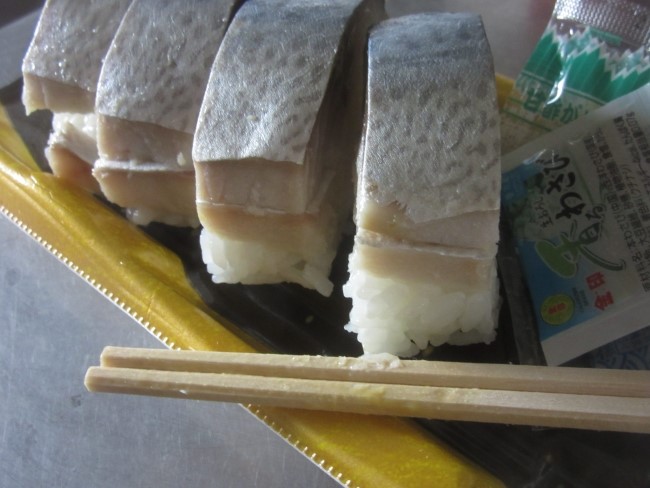
In a city like Osaka, where I first stayed, it’s hard to take ten steps without bumping into great food. There seems to be at least twenty restaurants for every building and a dozen more between. I found I could reliably duck into any little spot at random and get a great and completely unique meal, usually for no more than 700 yen. Whether it’s a noodle dish like udon, soba, or ramen or curry, sushi, sashimi, or soup, the food is amazing. And in or around Osaka, you’d be remiss if you didn’t sample the okonomiyaki.
Usually made with pork belly or squid, the batter for this savory pancake has grated yam and cabbage. The finished okonomiyaki is often topped with mayonnaise and is very filling and very tasty. You’ll find the Japanese have a great love for Western style pancakes, too, though they’re often a little fluffier. I’ve even seen sushi wrapped in a pancake!
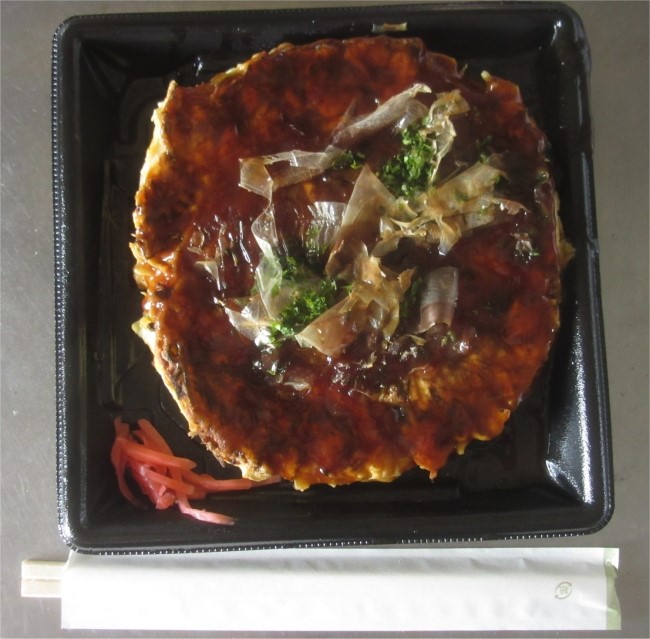
Maybe you don’t want to go to a restaurant, though. As with most things, the conbini, or convenience store, has you covered. At 7/11, Family Mart, or Lawson you can find an array of prepared meals a cut well above what you’ll find in the equivalent American store. Even so, conbini meals are generally inferior, and more expensive, to what you’ll find in a supermarket like A-Coop or Okuwa.
But as always, the cheapest option is to cook yourself. An indispensable kitchen gadget in Japan is the rice cooker. Coming in a variety of sizes and varying widely in price, some rice cookers even have compartments for steaming vegetables and a variety of other bells and whistles.
If you’re hankering for meals like back home, one thing you can do is go ahead and make it like you did back home. You can find most of the same essential ingredients in Japan, usually without being able to read any Japanese. Most products are packaged the same way and it’s easy to infer from context whether something is dish soap or laundry detergent. However, for cooking, there are a few kanji characters that are very helpful to know. Often these things are in packages that offer few other indicators of what they contain.
小麦粉 Komugiko (Flour)
酢 Su (Vinegar)
油 Abura (Cooking oil)
There are many ways to enjoy the culinary paradise called Japan. Whether it’s in restaurants, supermarkets, or your own kitchen, hopefully with these tools you’ll find the experience a little easier. Don’t be afraid to try something new. In my experience, odds are you’ll find something good.
Photo Credits:
Top Photo: drawsandcooks on Pixabay
Additional photos were provided by Adam Marshal, used with permission.
All other content (text) created by the original author and © 2021 MUSUBI by Borderlink
RELATED
-
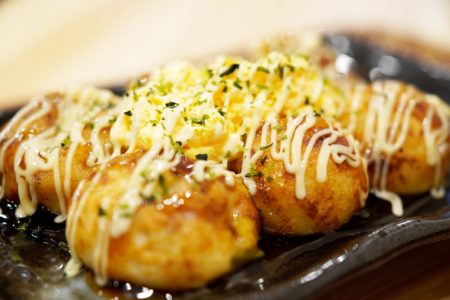
Quick Bites: 3 Tasty Foods to Eat in Osaka
Top Photo: takedahrs on Pixabay Osaka is commonly referred to as “the kitchen of Japan” due to its diverse sel… -
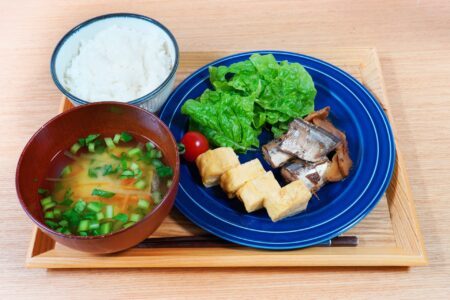
My Ten Yen on Healthy Eating in Japan
Top photo: ojisan200 on PhotoAC Eating healthy in Japan can make you feel good and bring you joy. Japanese foo…
-
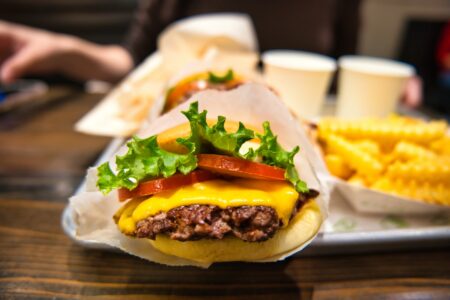
Best of MUSUBI: The Best Burgers in Tokyo… So Far
Top Photo: toki100 on PhotoAC Burgers. You can get one anywhere right? Well, I haven’t eaten anything from McD…
PEOPLE

Adam Marshall
From the US
Started his life in Japan last year in Nara prefecture!


